The very first Lake Malawi cichlids came from the group of rock-dwelling cichlids, called Mbuna after a local name, in the late 1950s and early 1960s, including a fish identified as Pseudotropheus zebra in 1964. Today we know dozens of species from this zebra complex, which are often only distributed very locally, but sometimes also lake-wide and differ essentially in their coloration. Lake Malawi, we should remember here, is an inland sea 580 km long, so it really is huge!
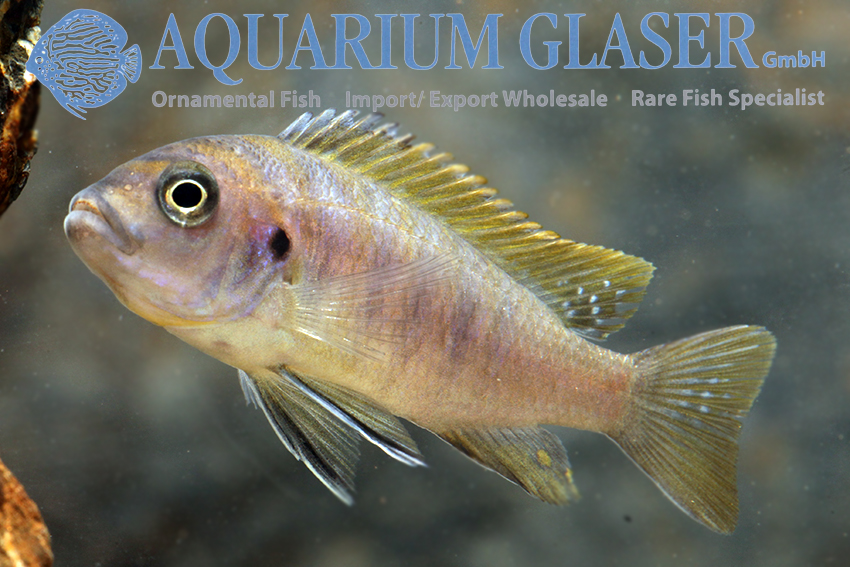
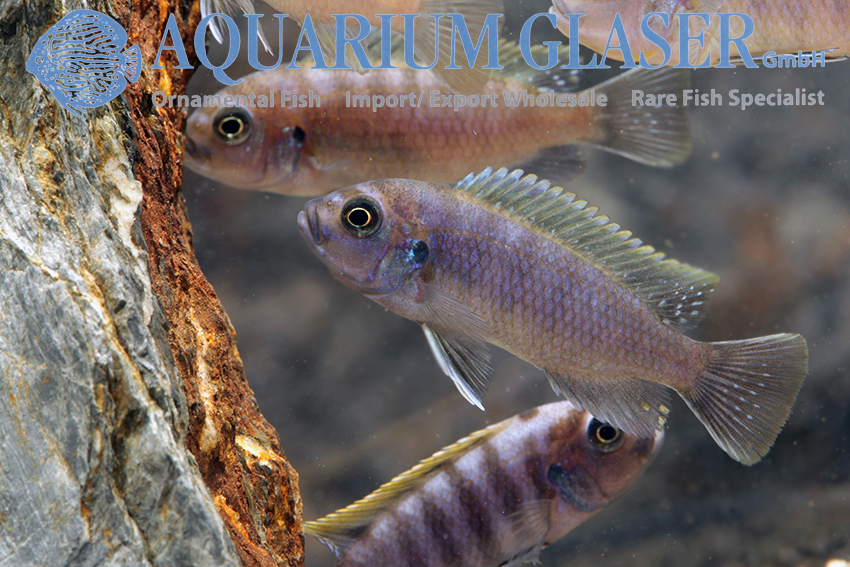
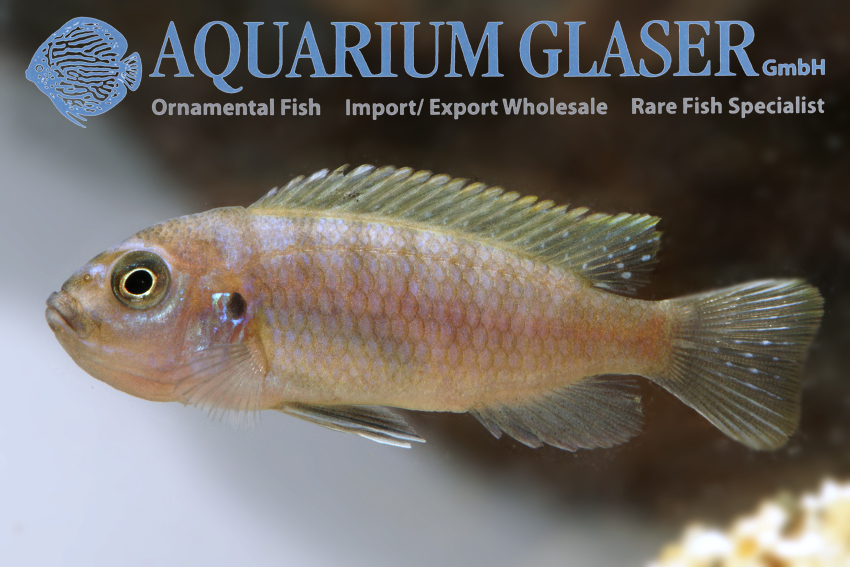
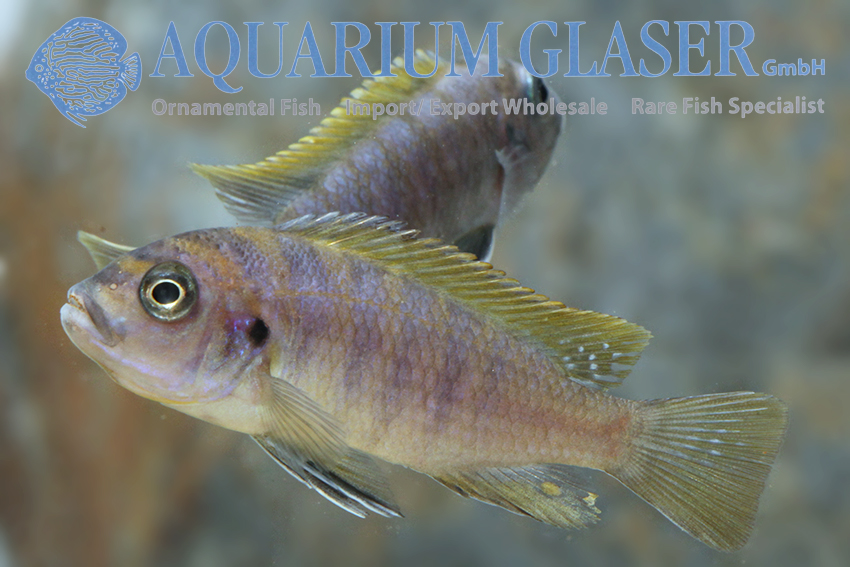
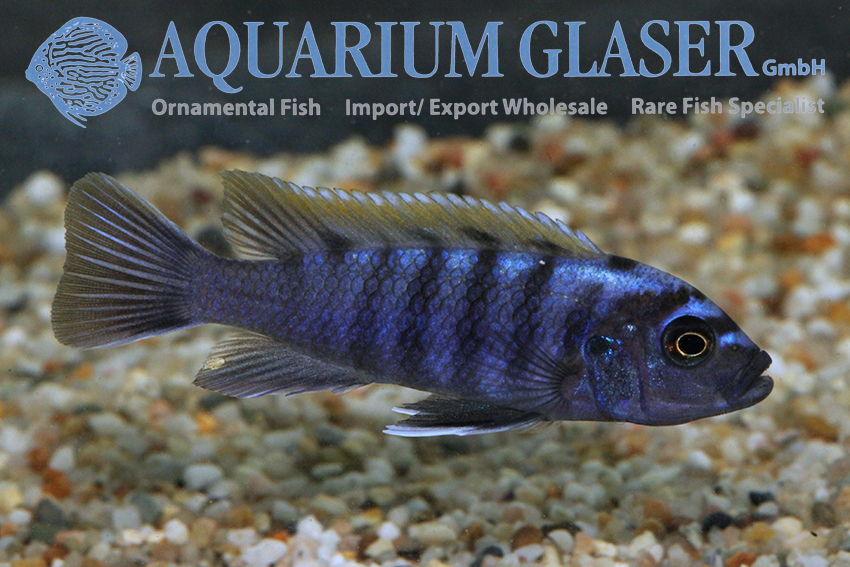
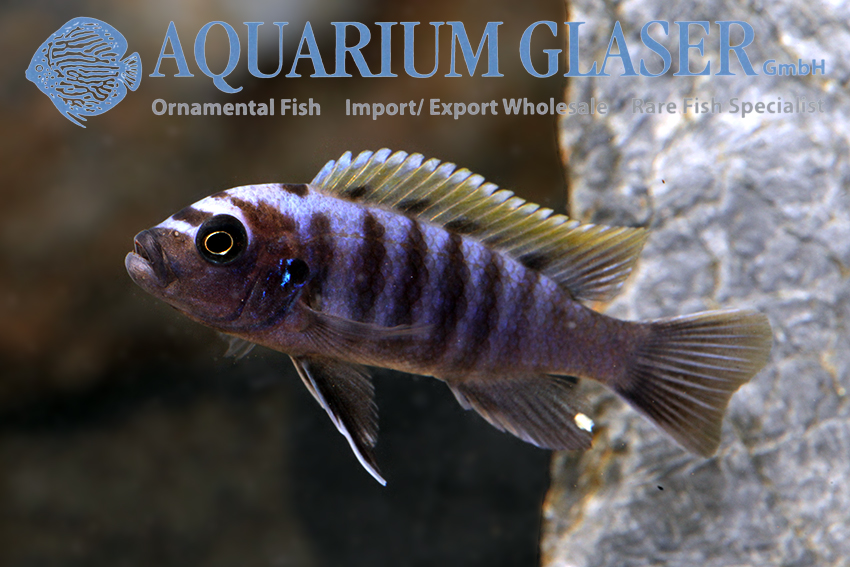
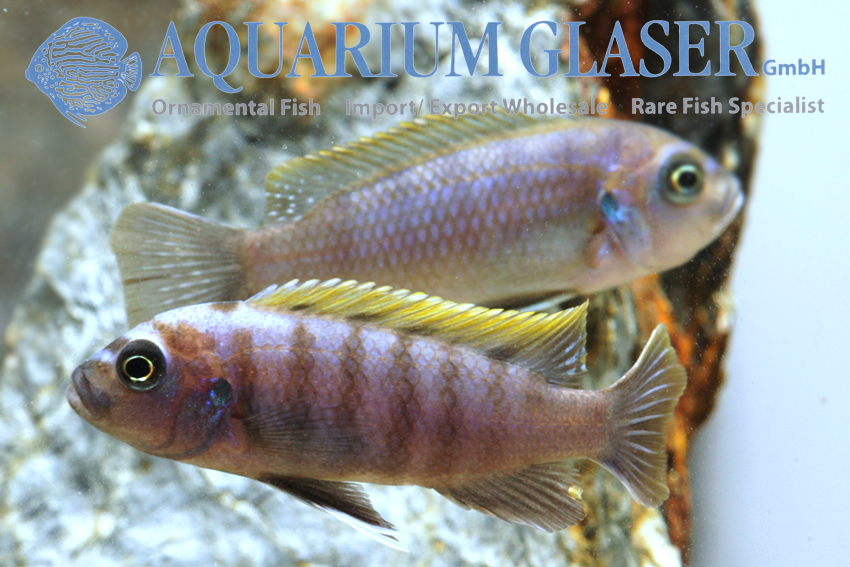
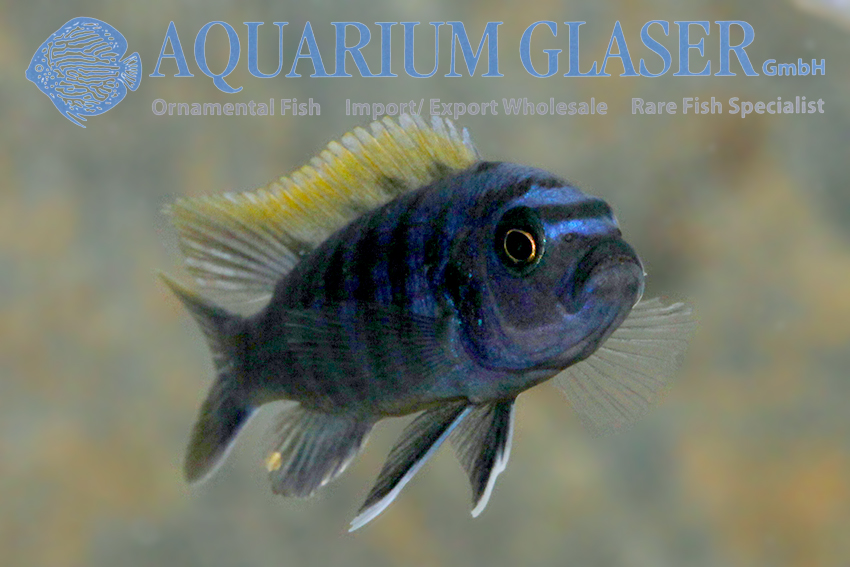
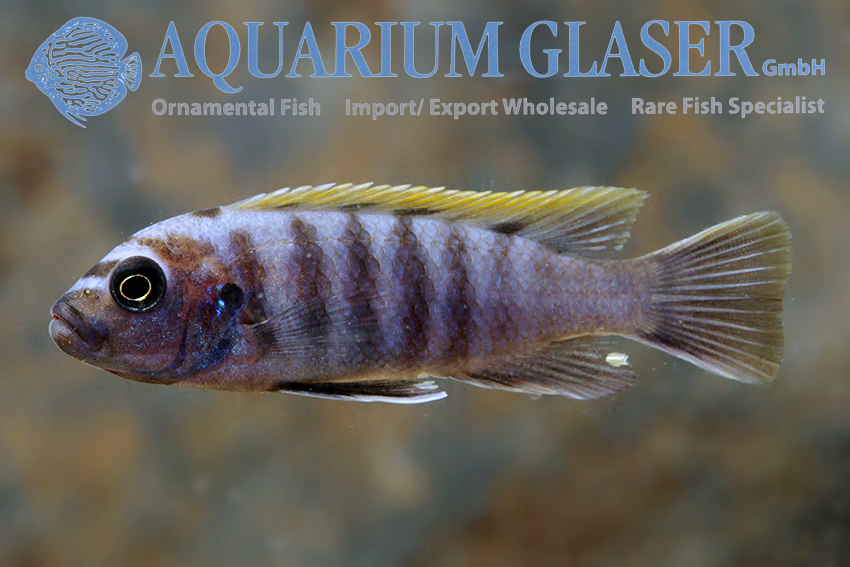
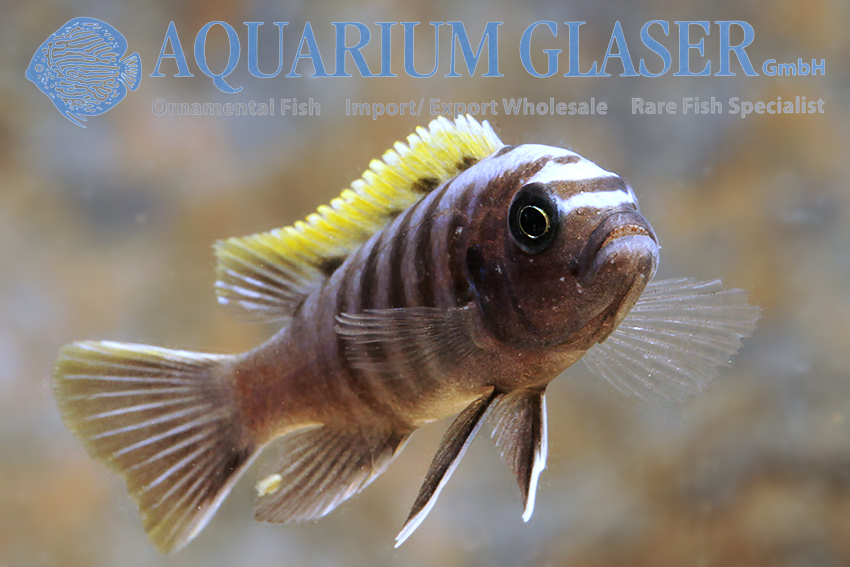
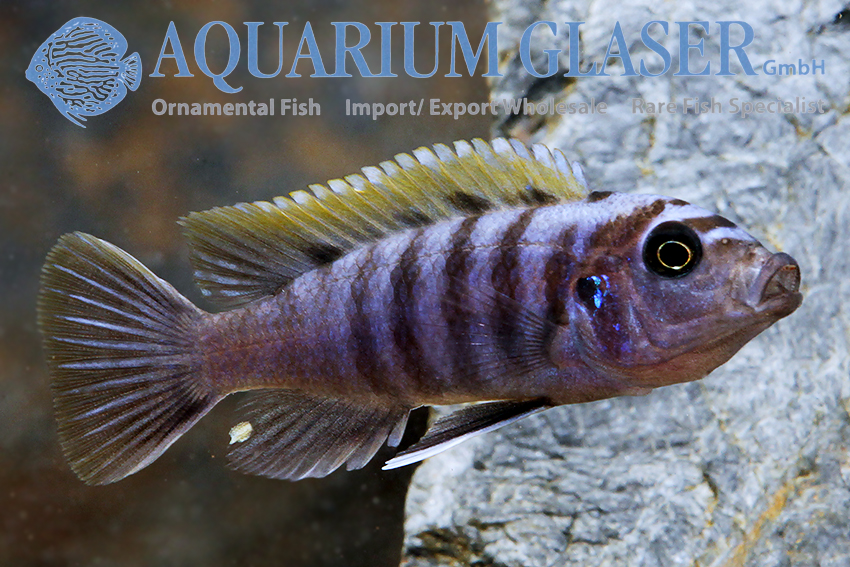
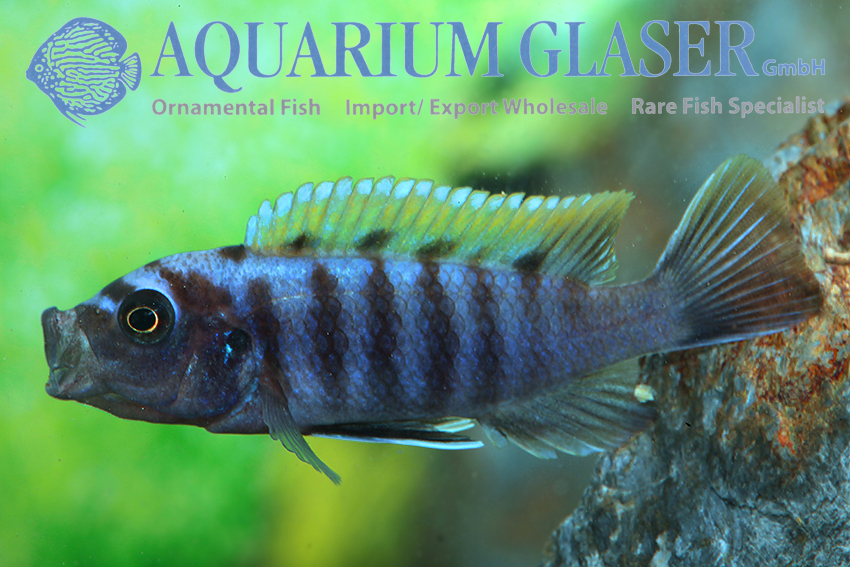
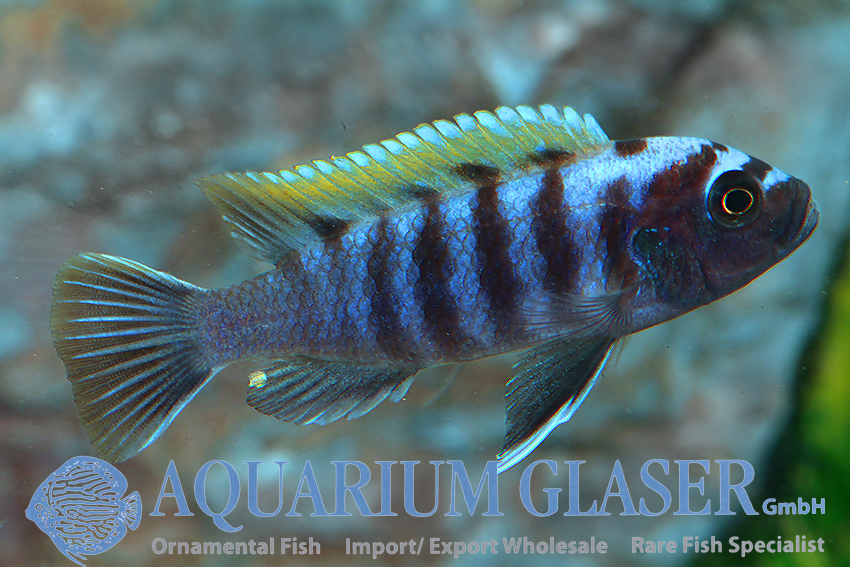
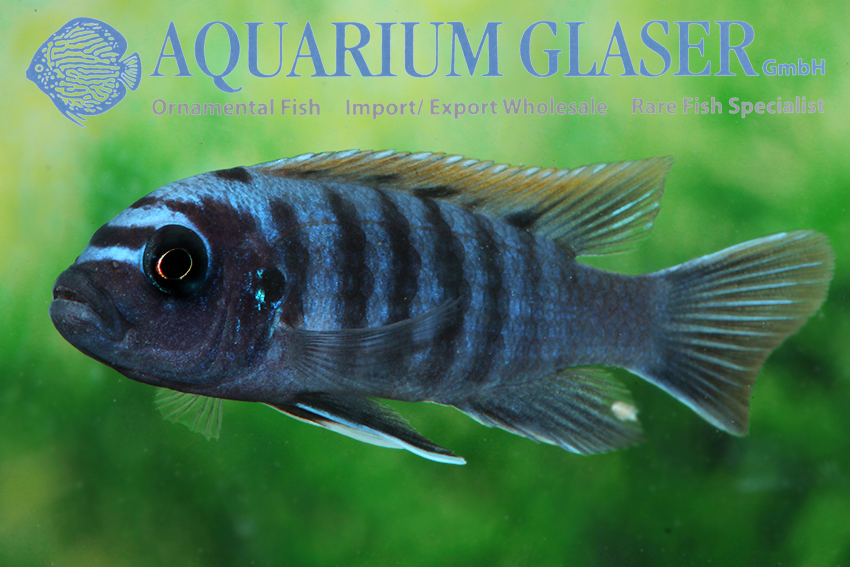
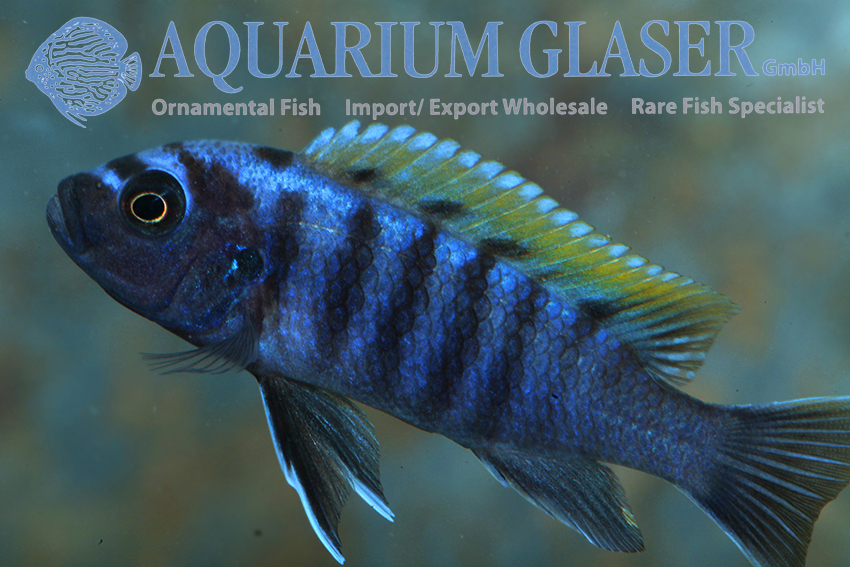
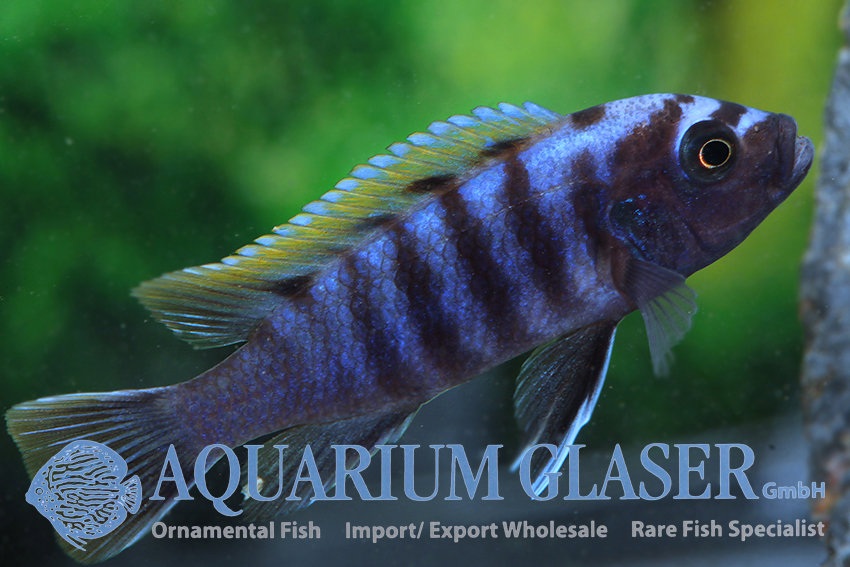
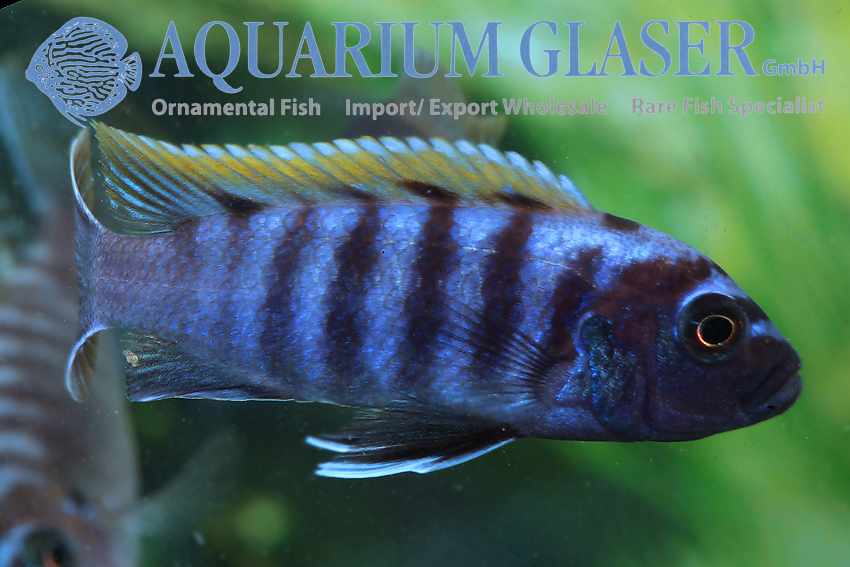
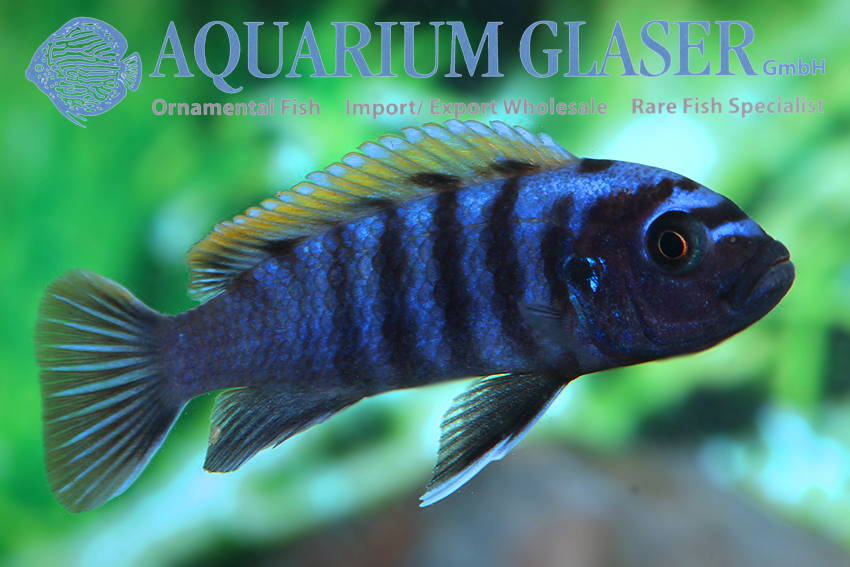
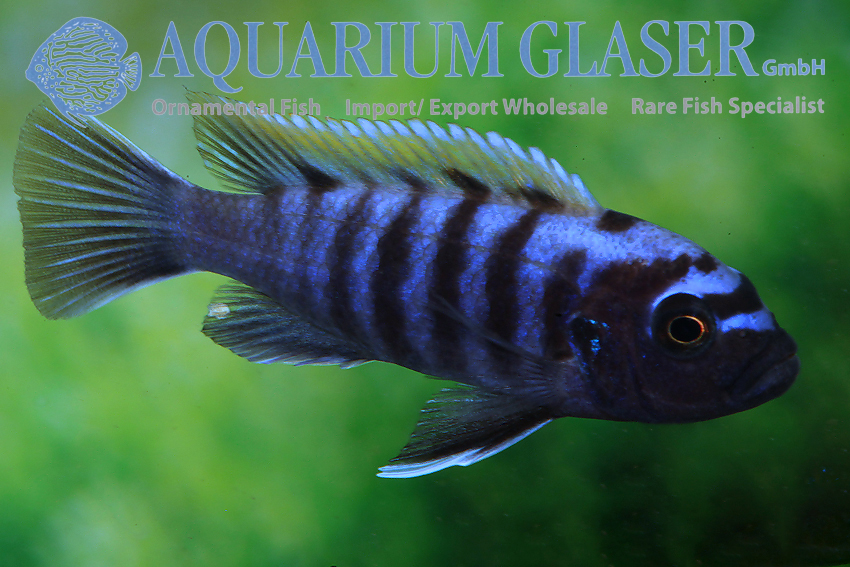
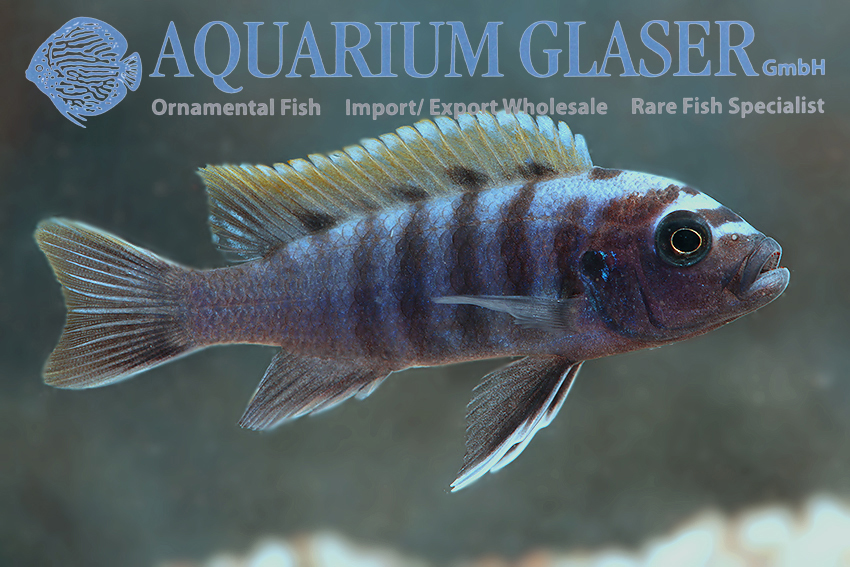
It is generally agreed that the zebra complex represents an independent evolutionary line within the Mbuna. The genus Pseudotropheus, typically represented by species such as P. williamsi, is another independent lineage. Consequently, the “zebras” therefore belong to a separate genus called Maylandia. There is a complicated dispute as to whether the genus Maylandia has been formally described correctly. Some authors are of the opinion that this is not the case and therefore use the alternative name Metriaclima. Internationally, however, a majority in favor of Maylandia has prevailed so far.
It is often extremely difficult to distinguish between variants and species in mbuna. Often “variants” of the same species look more different than two zebras considered to be different species. Maylandia emmiltos, described in 1997, looks almost exactly the same as M. pyrsonotos, M. sandaracinos and M. thapsinogen described in the same year by the same authors in the same paper. In fact, the last three species mentioned are combined by Konings into one – M. pyrsonotos. They can all be distinguished from the actual M. zebra by their yellow or orange dorsal fin (blue in M. zebra).There are other Maylandia populations that have a blue-black zebra dress and yellow or orange dorsal fins, but they have not yet been scientifically examined for their species affiliation and are therefore usually referred to as “sp. zebra” plus some addition.
Maylandia emmiltos is only found on a small range in the Chilumba district near the Mpanga Rocks. If you decide to keep these beautiful mbuna, you should not keep any other species or variant of Maylandia together with them.
The risk of them hybridizing is too great. The genetically pure species would then be lost in the hobby. This is not only a great pity from a scientific point of view, but experience has also shown that zebra hybrids are poorly colored, large fish that are not worth keeping. In the wild, M. emmiltos hardly grows larger than 8-10 cm, in the aquarium, like most mbuna, it grows 2-5 cm more, probably because of the more nutritious food. Otherwise, all the rules that apply to other mbuna also apply: Keep in groups as large as possible in aquaria with as much structure and hiding places as possible, clean water, pH above 8, temperature from 26°C.
For our customers: M. emmiltos has code 550982 on our stocklist. Please note that we only supply the wholesale trade.
Text & photos: Frank Schäfer




